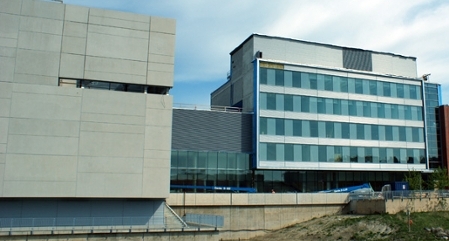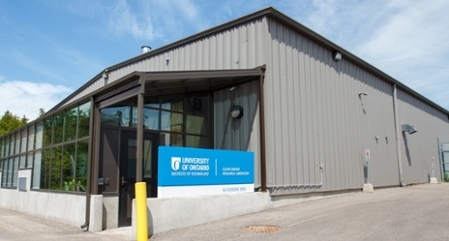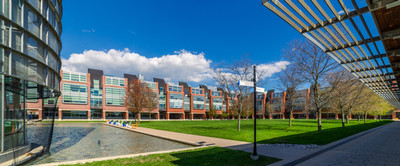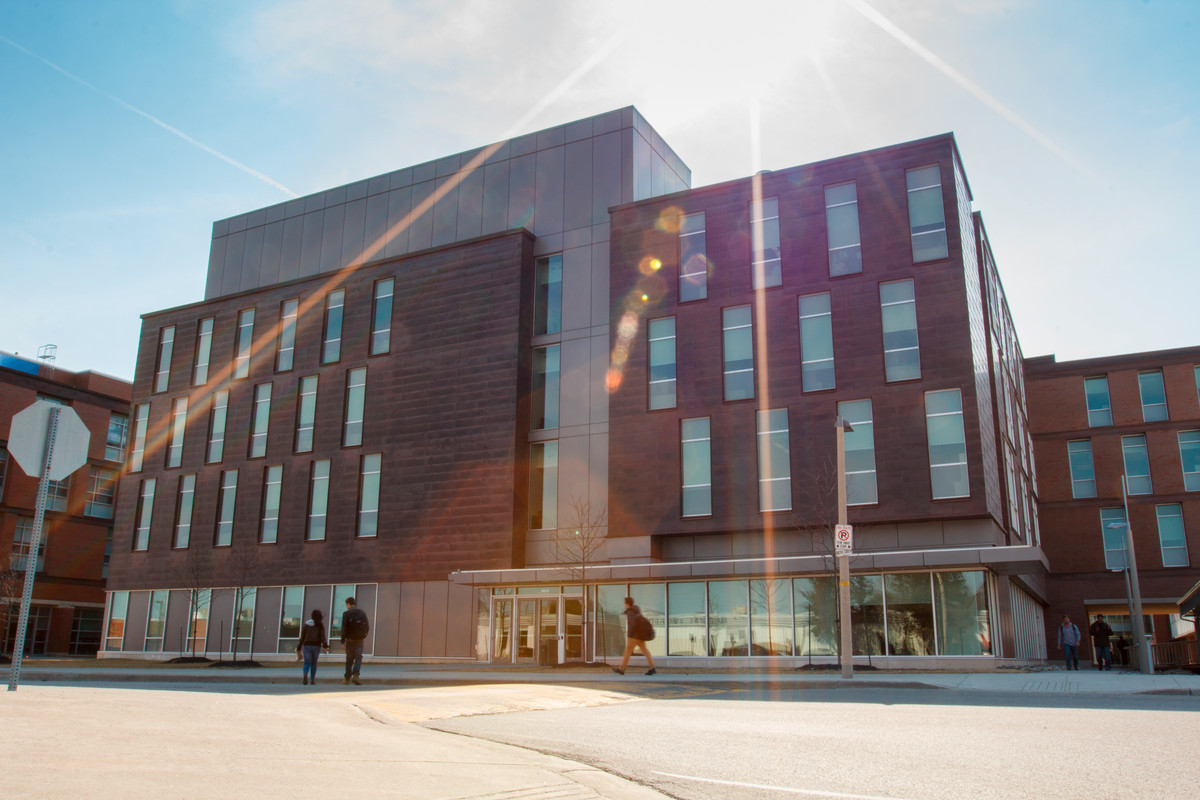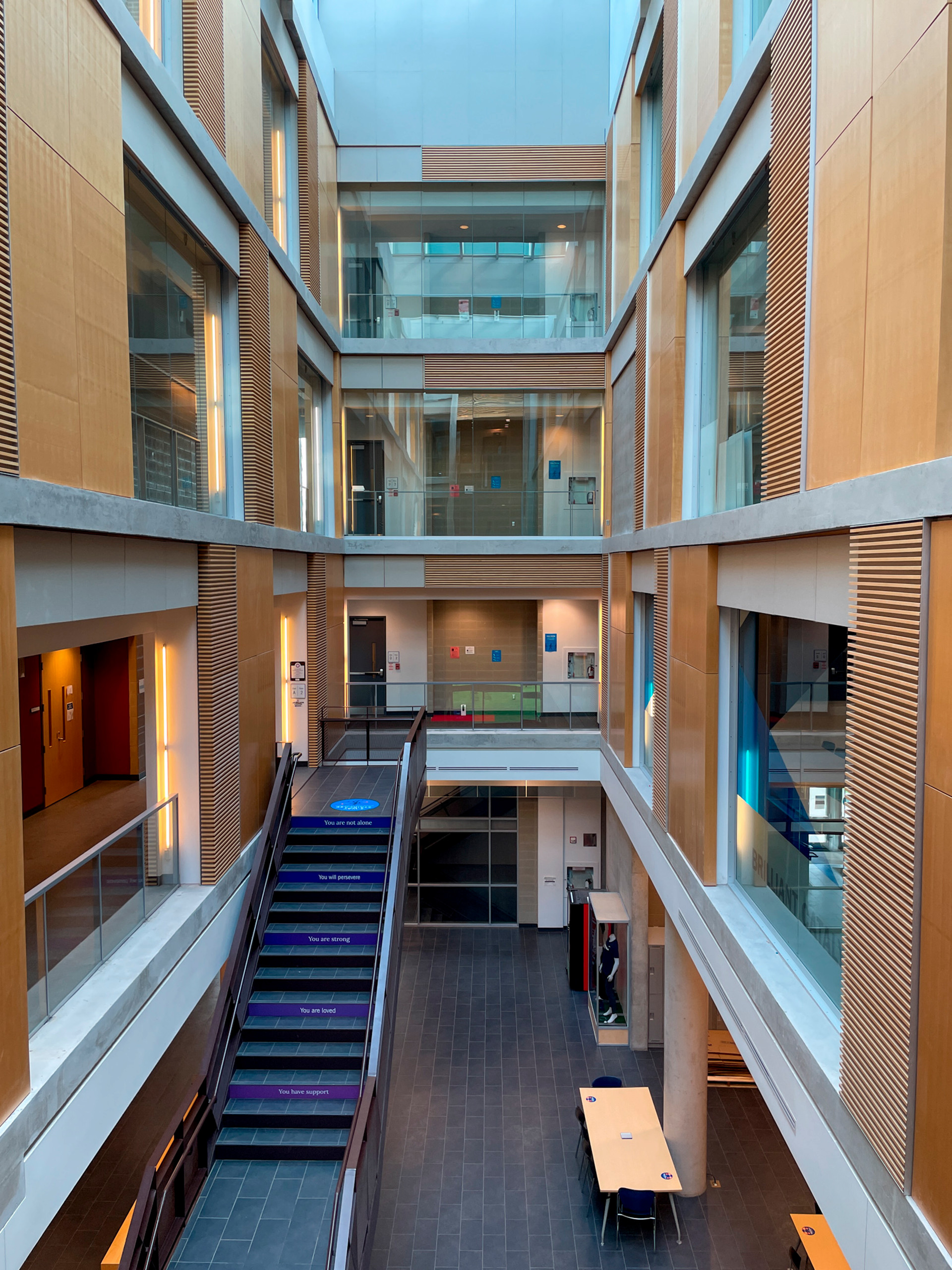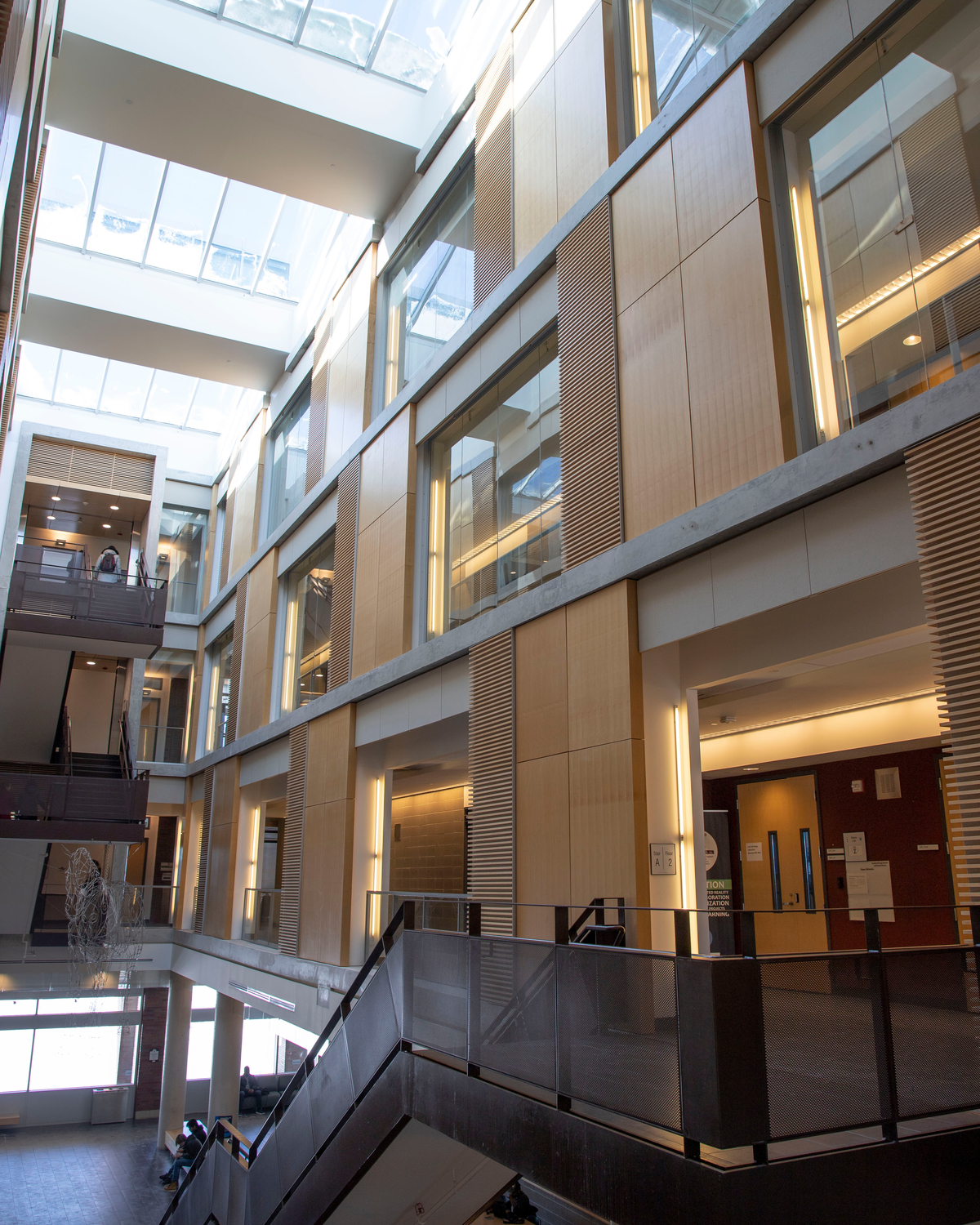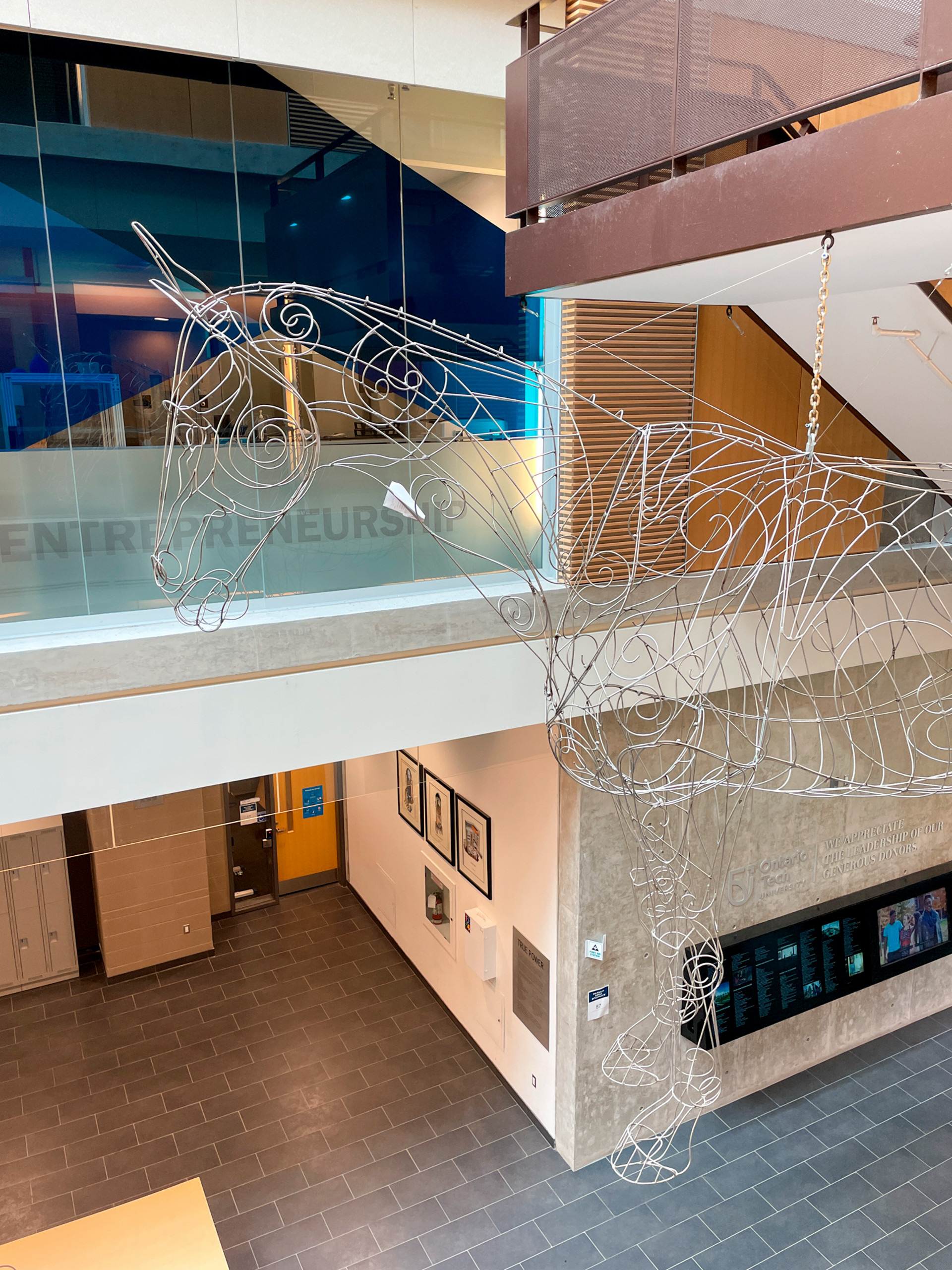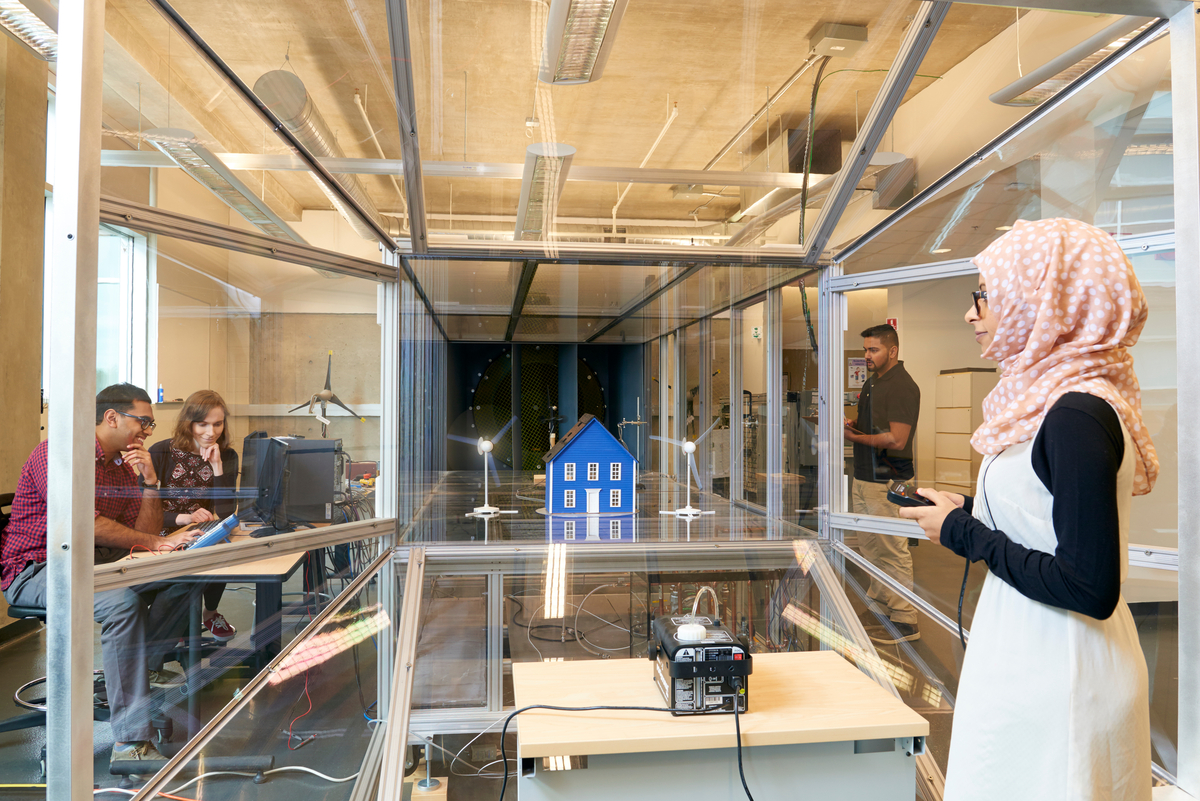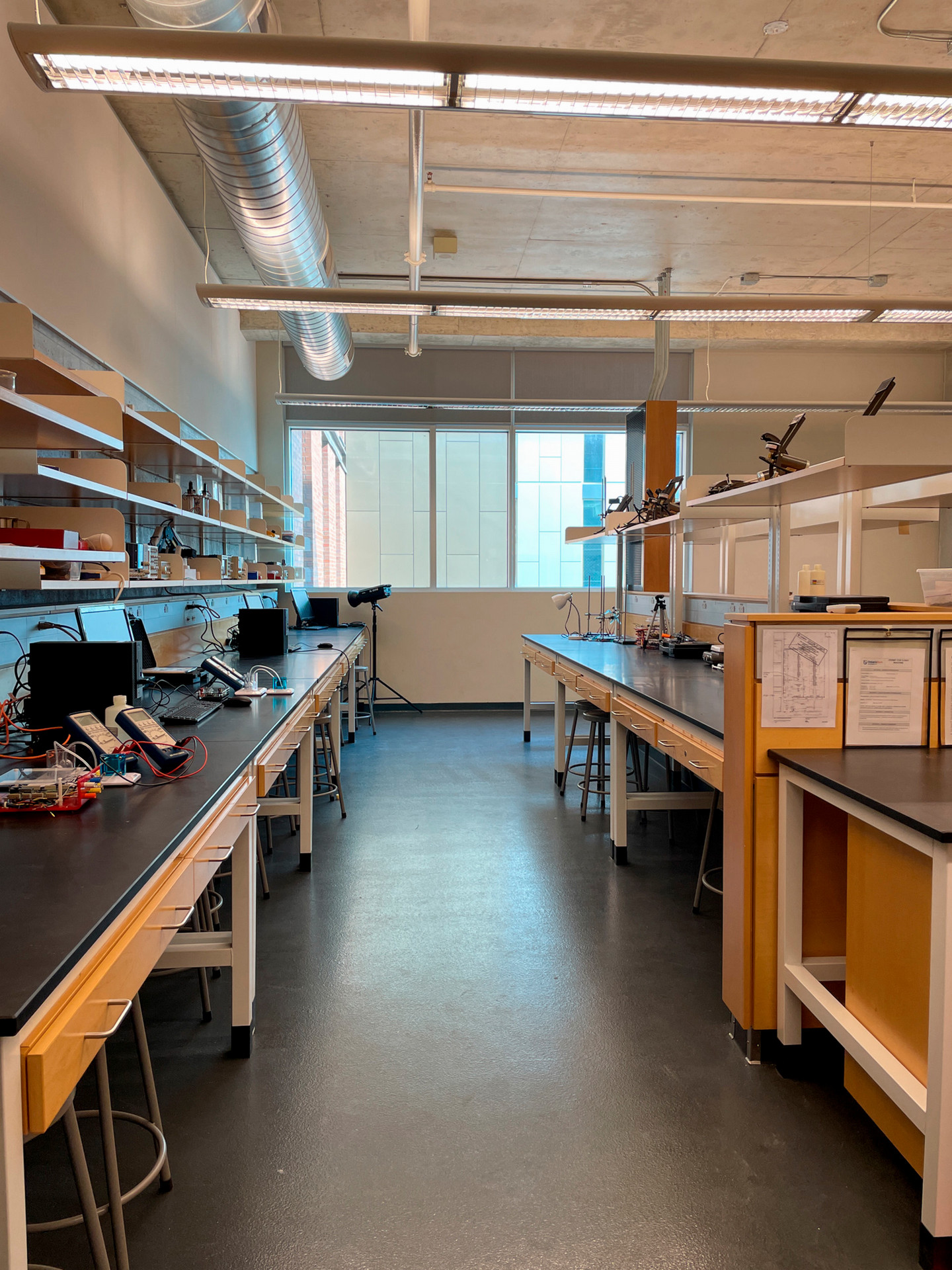Energy Research Centre
About the Energy Research Centre
The Energy Research Centre (ERC) houses our unique-in-Canada energy science and engineering programs, offering courses in wind, solar, hydrogen, hydraulic, geothermal and nuclear energy.
ERC features lecture halls and modern labs, including the Nicholas Sion Brilliant Energy Laboratories, enabling research in clean and green energy technologies to meet current and future needs. It promotes Canada’s entrepreneurial advantage through public-private research and commercialization partnerships. ERC is also home to the Brilliant Catalyst business startup incubator and hands-on learning centre, the Brilliant Energy Institute and the campus retail store.
@otfuturestudent Come explore the Energy Research Centre at Ontario Tech! #OntarioTech #Oshawa #Campus #UniversityCampus #Tour ♬ Sunshine - WIRA
Explore the Energy Research Centre
Virtual Street View tour
Self-guided walking tour
How to get here
Get directions to the Energy Research Centre
